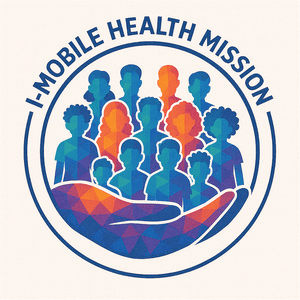
Resilience as a Toolkit
Resilience is often described as the ability to bounce back from challenges. But it’s more than that — it’s a toolkit of strengths that both families and individuals already use every day. Caregivers are often so focused on others that they forget they, too, carry tools for their own healing and balance. By recognizing these existing resources, we strengthen not only the family as a whole but also the well-being of the people holding it together.

Community Traditions as a Wellness Toolkit
Wellness doesn’t always come from doctors’ offices or programs. For many of us, wellness lives in our communities — in traditions, celebrations, and rituals that give us joy, connection, and meaning. These traditions are part of a toolkit families and individuals carry with them, helping us take breaks from stress and reminding us that we belong to something bigger than ourselves.

Understanding Secondary Trauma in the Classroom
Teachers give so much of themselves every day — patience, energy, compassion, and care. But in classrooms where students are carrying trauma, educators can also find themselves carrying the emotional weight of that trauma. This is known as secondary trauma — the stress and emotional impact that comes from supporting others who have experienced trauma.

ACEs, Resilience, and the Path to Healing
When we talk about trauma, we often focus on the difficulties people carry. But understanding trauma also means recognizing the tools people already have to recover and thrive. Two important frameworks — the Adverse Childhood Experiences (ACE) Scale and the Resilience Scale — help us see both sides: the challenges we may face, and the strengths that help us rise above them.

